Basic water leakage insulation service, foundation water leakage waterproofing service, protecting your home from the ground Up. Your home\’s foundation is arguably its most critical structural component.
It supports the entire weight of the building and protects it from the elements. However, the foundation is also constantly exposed to moisture from the surrounding soil, making it vulnerable to water leakage.
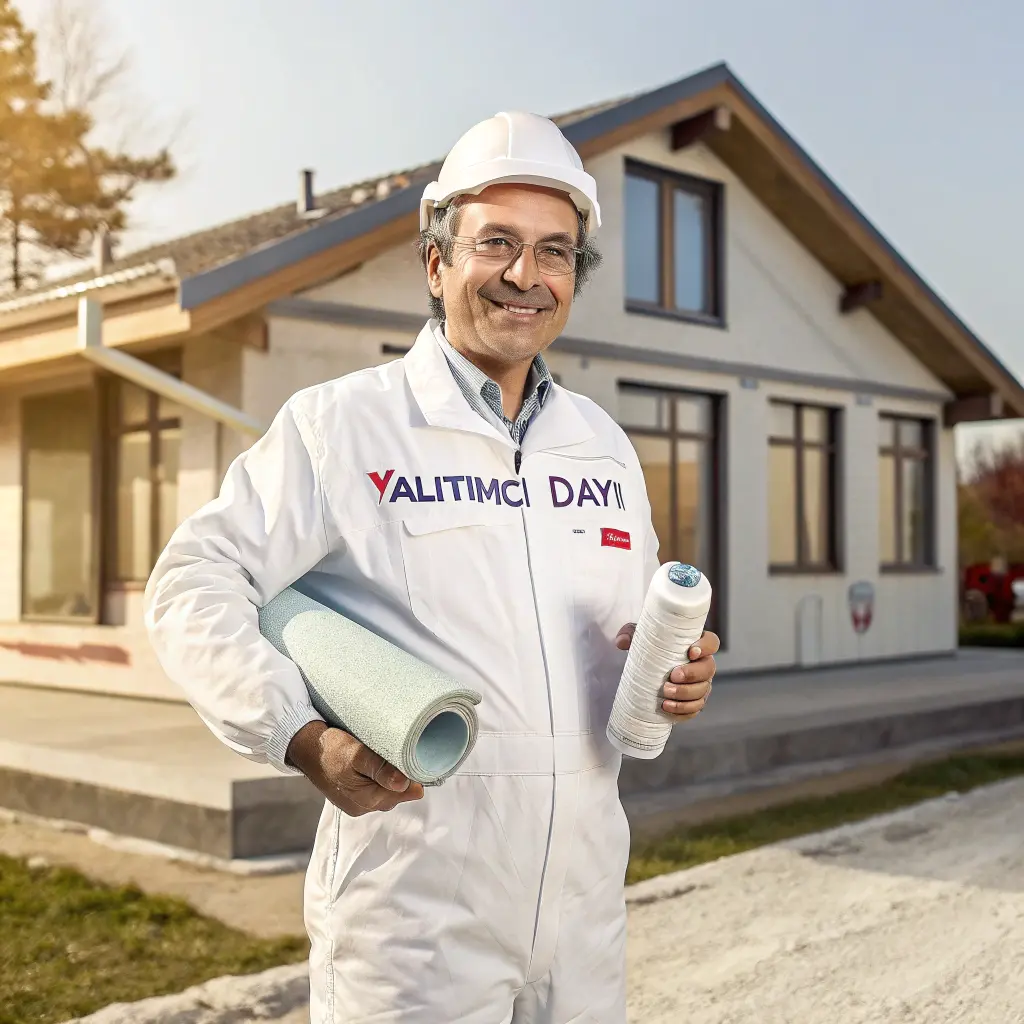
Addressing foundation water leakage promptly and effectively is crucial for maintaining the structural integrity of your home and preventing costly damage.
This article explores the problems associated with foundation water leakage, offers solutions, outlines the application steps for waterproofing, and emphasizes the importance of professional Basic Water Leakage Insulation Service (foundation water leakage waterproofing service).
The Problem, Identifying and Understanding Foundation Water Leakage
Foundation water leakage can manifest in various ways, often starting subtly and escalating over time. Recognizing the signs early is key to preventing extensive damage. Common indicators include.
Visible Water: Obvious puddles or running water in the basement or crawl space are clear signs of a leak.
Damp Walls and Floors: Even without standing water, dampness indicates moisture penetration. This can be felt by touching the walls and floors.
Efflorescence: This white, powdery substance on concrete or brick walls is a mineral deposit left behind by evaporating water. It signifies that water is seeping through the foundation.
Mold and Mildew Growth: Excess moisture promotes the growth of mold and mildew, which can cause health problems and further damage building materials.
Musty Odors: A persistent musty smell in the basement or crawl space is a strong indicator of moisture issues.
Cracks in the Foundation: While not all cracks leak, they provide pathways for water to enter. Horizontal cracks are particularly concerning as they can indicate structural problems.
Ignoring these signs can lead to serious consequences, including.
Structural Damage: Water can weaken the foundation, leading to cracks, settling, and even collapse.
Health Problems: Mold and mildew can trigger allergies, asthma, and other respiratory issues.
Decreased Property Value: Water damage significantly reduces the value of your home.
Damage to Personal Belongings: Stored items in the basement or crawl space can be ruined by water and mold.
Increased Energy Costs: Dampness makes it harder to heat and cool your home, leading to higher energy bills.
Solution Proposals: Effective Waterproofing Strategies
Addressing foundation water leakage requires a comprehensive waterproofing strategy. Several methods are available, each with its own advantages and disadvantages.
The best approach depends on the specific circumstances of your home, including the severity of the leak, the type of foundation, and the surrounding soil conditions. Here are some common solutions:
Exterior Waterproofing
This involves excavating around the foundation and applying a waterproof membrane to the exterior walls. This is the most effective method for preventing water from entering the foundation in the first place. Key aspects include.
Waterproof Membrane: A flexible, waterproof material that is applied to the exterior foundation walls.
Drainage System: A perforated pipe (often called a French drain) is installed at the footing to collect and redirect water away from the foundation.
Backfilling: The excavated area is backfilled with gravel or other materials that promote drainage.
Interior Waterproofing
This method focuses on managing water that has already entered the foundation. It is often less expensive than exterior waterproofing but may not be as effective in preventing water intrusion. Common techniques include.
Interior Sealants: Applying waterproof sealants to cracks and joints in the foundation walls.
Drainage Channels: Installing interior drainage channels to collect water and direct it to a sump pump.
Sump Pump: A pump that removes water from the drainage system and discharges it away from the foundation.
Vapor Barrier: A plastic sheet that is installed on the interior walls to prevent moisture from evaporating into the living space.
Crack Injection
This involves injecting a waterproof epoxy or polyurethane foam into cracks in the foundation walls. This method is effective for sealing cracks and preventing water from entering. It is often used in conjunction with other waterproofing methods.
Surface Waterproofing
Applying a waterproof coating to the interior or exterior surface of the foundation. This can be a cost-effective solution for minor leaks, but it may not be effective for severe water problems.
Application Steps, A General Guide to Foundation Waterproofing
The specific steps involved in foundation waterproofing will vary depending on the chosen method. However, here is a general outline of the process:
Assessment: A thorough inspection of the foundation to identify the source and extent of the water leakage.
Preparation: Cleaning and preparing the foundation walls for waterproofing. This may involve removing loose paint, dirt, and debris.
Repair: Repairing any cracks or damage to the foundation walls. This may involve patching cracks with concrete or epoxy.
Application: Applying the chosen waterproofing material according to the manufacturer\’s instructions. This may involve applying a waterproof membrane, sealant, or coating.
Drainage: Installing a drainage system to collect and redirect water away from the foundation. This may involve installing a French drain or interior drainage channels.
Backfilling: Backfilling the excavated area with gravel or other materials that promote drainage (for exterior waterproofing).
Testing: Testing the waterproofing system to ensure that it is effective. This may involve flooding the area around the foundation with water and observing for leaks.
Important Note: Foundation waterproofing is a complex process that requires specialized knowledge and equipment. It is generally best to hire a qualified contractor to perform the work. Attempting to DIY foundation waterproofing can lead to ineffective results and further damage.
Conclusion, Investing in Foundation Waterproofing for Long-Term Protection
Foundation water leakage is a serious problem that can lead to significant structural damage, health problems, and decreased property value. Addressing water leakage promptly and effectively is crucial for protecting your home and investment.
While various waterproofing methods are available, the best approach depends on the specific circumstances of your home. Hiring a qualified contractor for. Basic water leakage insulation service is essential to ensure that the work is done correctly and effectively. Investing in foundation waterproofing is an investment in the long-term health and stability of your home.
By understanding the signs of foundation water leakage, exploring available solutions, and entrusting the work to professionals, you can safeguard your home from the damaging effects of water intrusion and enjoy a dry, healthy, and structurally sound living environment.



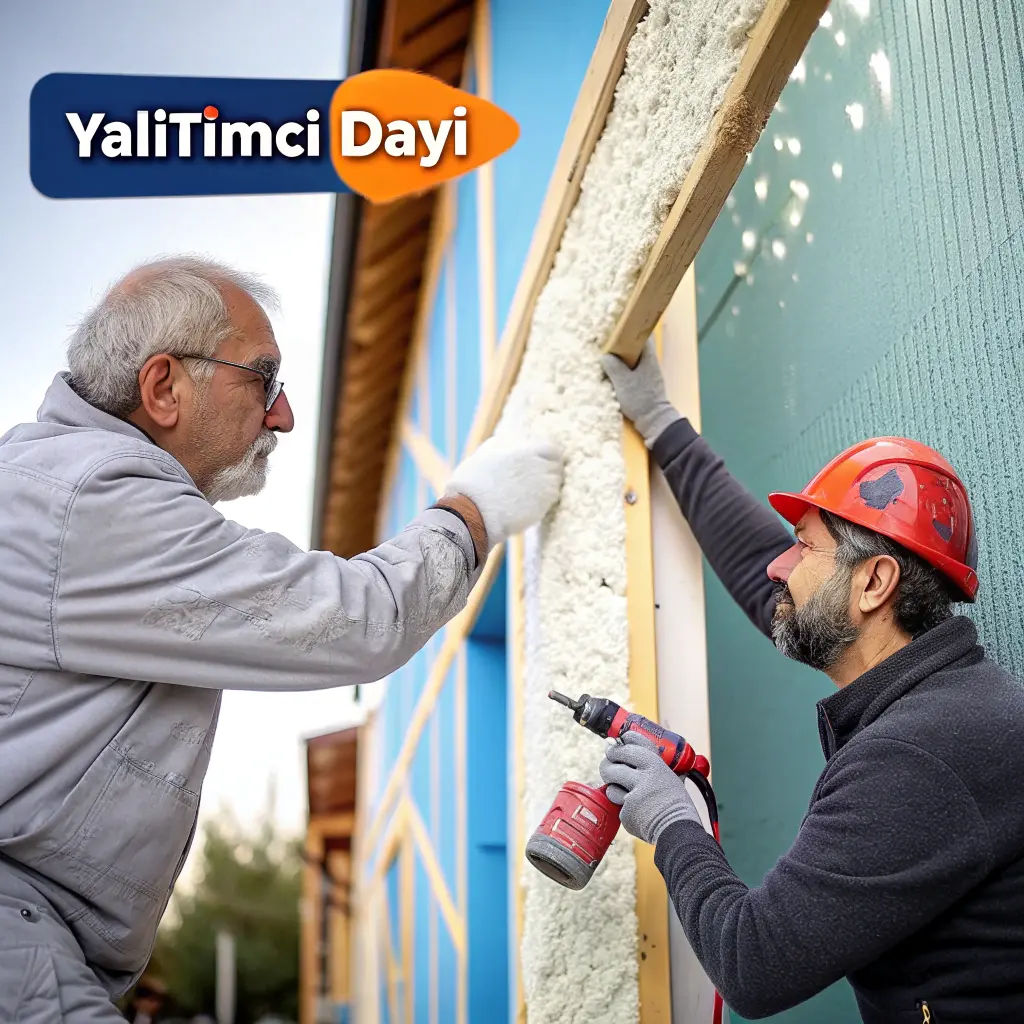
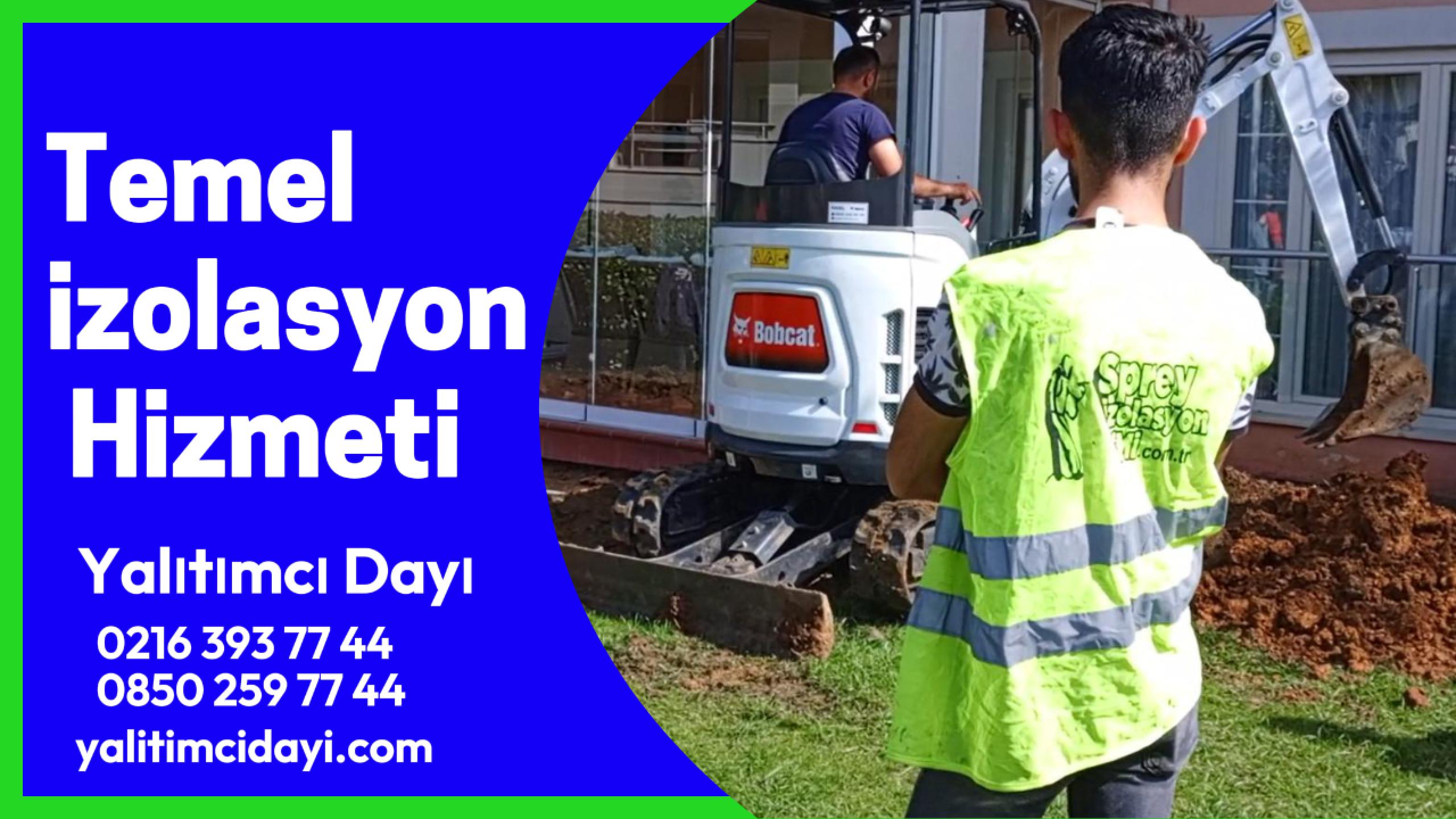
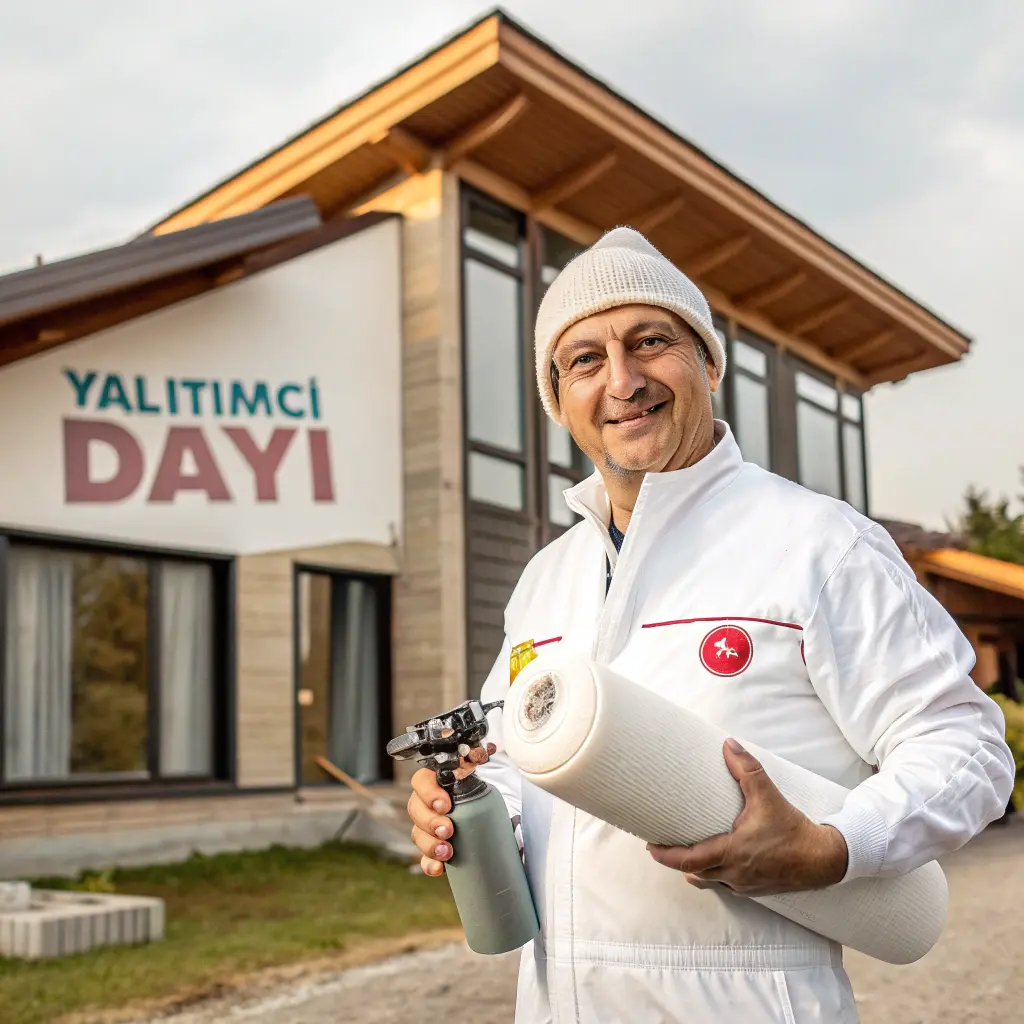

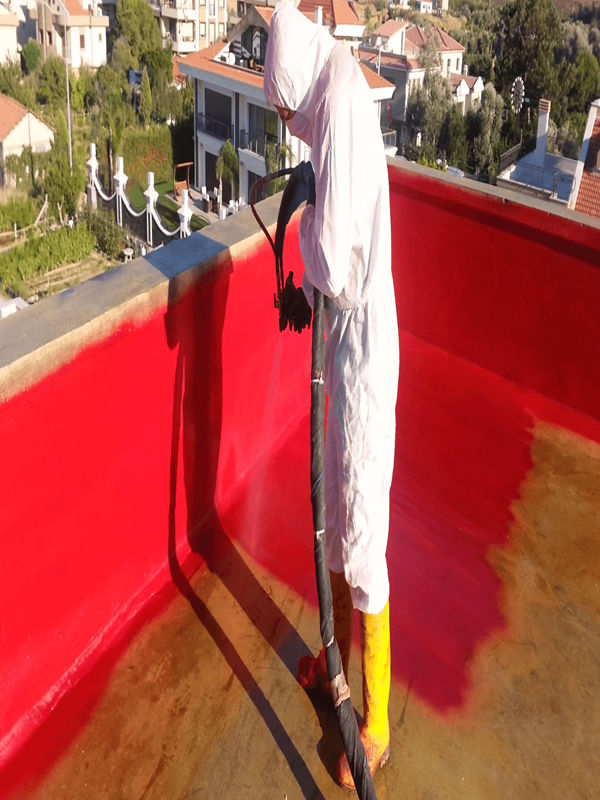

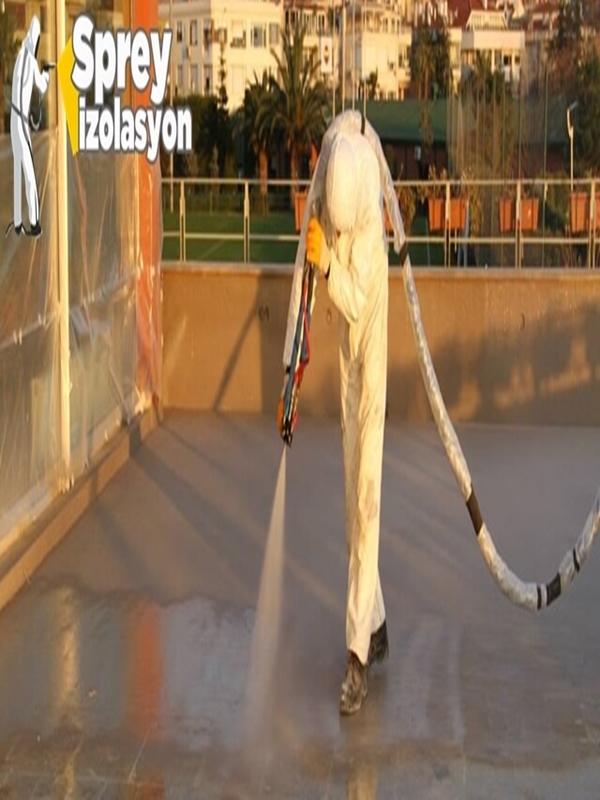
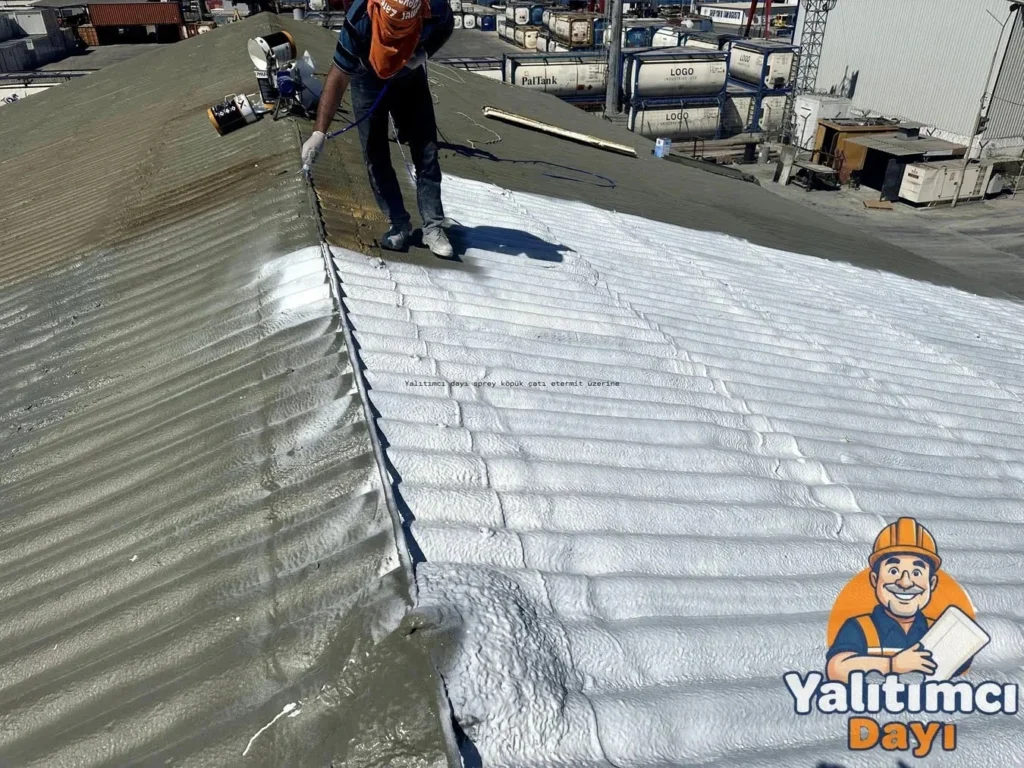
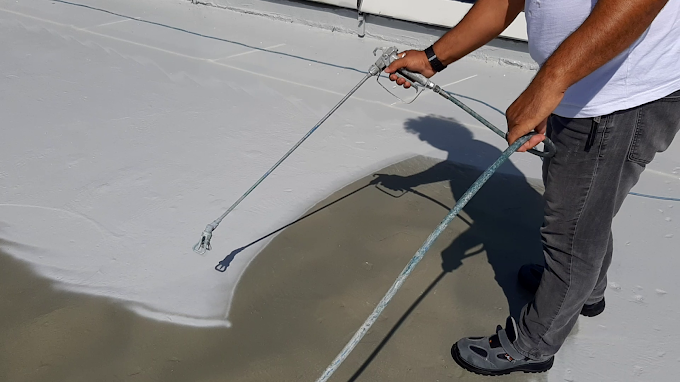
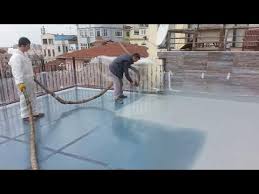

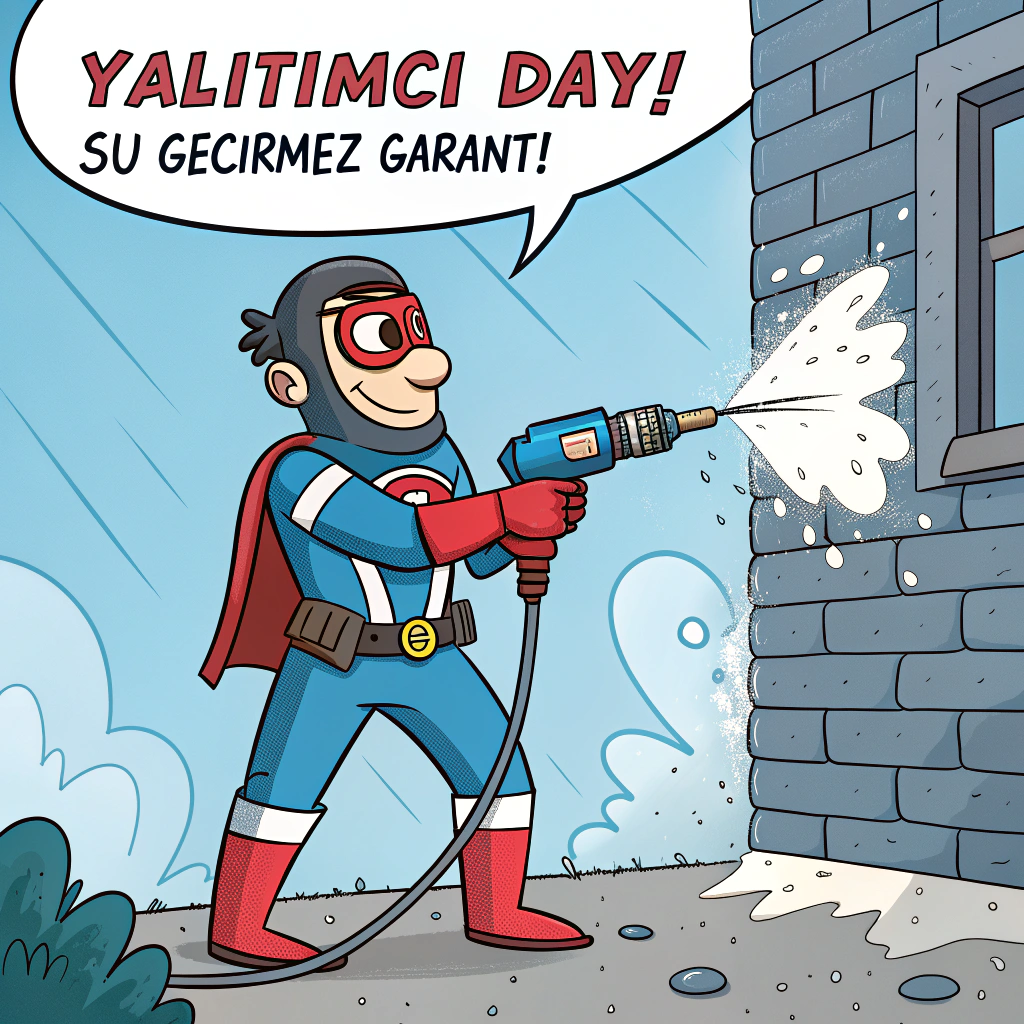

Bir yanıt yazın